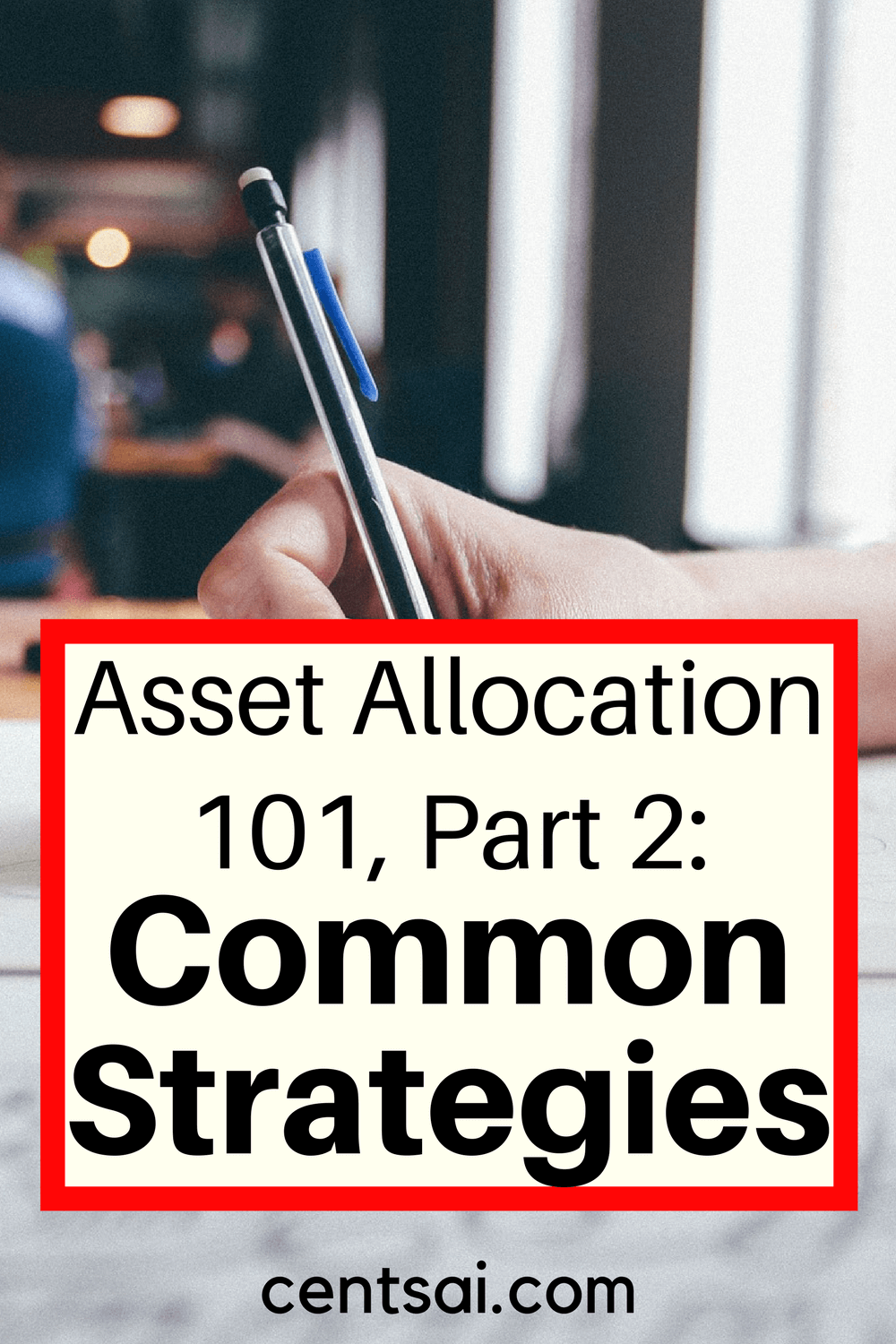
On multiple occasions, I’ve mentioned the financial services industry’s incredible ability to confuse everyone — seriously, everyone. My goal is to help make a little bit of sense out of the mumbo jumbo in hopes that it helps people make better decisions. In previous articles, we discussed basic investing and financial planning.
We recently started an asset allocation 101 series to build up the foundation of your financial literacy house. In Part 1, we discussed what asset allocation is and why it’s important. We also provided an overview of some common asset allocation strategies (one of which was not a get-rich-quick scheme).
Today we'll do a deeper dive into each of the four most common asset allocation strategies: strategic, dynamic, tactical, and core-satellite.
Build and Personalize Your Investing Portfolio — Get Your Stock Advisor Offer >>
1. Strategic Asset Allocation
Strategic asset allocation (SAA) is a long-term approach that is designed to minimize the impact of emotions on portfolios.
The goal is to create an appropriate mix of investments that balance risk and long-term returns.
The concept suggests that investors will benefit by staying invested in the markets and adhering to target allocations that reflect characteristics of the investor, rather than the performance of specific investments.
When the market is volatile, are you a Snoopy Joe Cool type, or are you more of a doom and gloom Charlie Brown type? Target allocation percentages for various asset classes (e.g. bonds, U.S. stocks, international stocks, and so on) are selected based on the investor’s comfort level with risk, time horizon, and investment objectives.
As those items change, the allocations may change, as well. The portfolio allocations are monitored periodically. Then, as the allocation percentages drift from the targets — as the markets go up and down — the allocations are rebalanced back to the risk-aligned target percentages. It’s a more passive strategy that doesn’t change based on economic conditions.
 2. Dynamic Asset Allocation
2. Dynamic Asset Allocation
Dynamic asset allocation (DAA) is similar to strategic asset allocation in that both set target allocation percentages of asset classes. However, dynamic allocations may have several short-term adjustments to those allocations based on current and expected market and economic conditions.
Build Your Personalized Portfolio in Minutes — Start Investing >>
When using DAA, the focus is typically on the absolute return, not on comparing investments to an index or benchmark.
Investors and managers who use dynamic asset allocation can achieve high returns if their assumptions about what the market will do are correct.
Of course, that's easier said than done, especially in flat and down markets. Pay attention to trading costs if you (or your financial adviser) use DAA, since it can get expensive.
3. Tactical Asset Allocation
Tactical asset allocation (TAA) is a more active approach. It involves constantly evaluating specific investments, looking for opportunities to take advantage of undervalued or overvalued assets. Those who use this asset allocation strategy are typically looking for shorter-term gains from market inefficiencies where the market overreacted to something, even though they could hold the investments longer.
TAA proponents essentially act as appraisers, using fundamental and technical analysis of the investment, markets, and economic conditions to evaluate the value of an investment. If it appears to be undervalued, they buy it. If it appears to be overvalued, they sell it.
But you need to use caution here. If you’re investing outside of a retirement account, you should be aware of the tax implications of the shorter-term gains. Most people who use TAA have significant investing experience, as well as access to a lot of economic data.
Get Recommended Stock Picks — Stock Advisor Is Here to Help >>
4. Core-Satellite Asset Allocation
Core-satellite asset allocation involves launching a satellite into space that will manage your money while simultaneously strengthening your core.
Ok, not true, but it would be epic if it were! One part Elon Musk, one part Warren Buffet, one part Arnold (I won’t even attempt to spell his last name). Shaken, not stirred. Epic, I say — epic! But I digress. Again.
Core-satellite asset allocation is a hybrid approach. With this strategy, there is a fundamental core to your portfolio, which serves as the foundation. The core portion will be more long-term strategic asset allocation (potentially dynamic asset allocation) tied to your individual risk tolerance.
The satellite portion of the portfolio will consist of shorter-term, more tactical allocations. The more seasoned the investor, the more she may lean towards a larger satellite allocation. The more novice investor should probably lean towards a larger core allocation.
The Bottom Line on Asset Allocation Strategies
Hopefully, now you have a basic understanding of asset allocation. And as you can tell, there are a lot of different asset allocation strategies out there. Picking the right one for you comes down to your personality, how involved you want to be, and whether you have a good adviser guiding you.
Put Your Money to Work Today. Invest Your Spare Change — Download a Free Investing App >>












